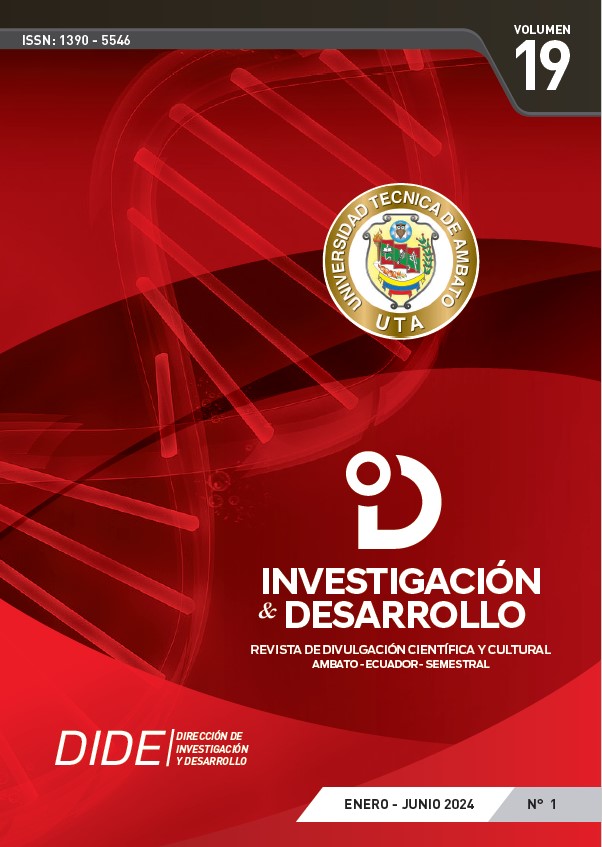VIRAL DISEASES TRANSMITTED BY EMERGING AND RE-EMERGING VECTORS: DIAGNOSIS AND PREVALENCE
Main Article Content
Abstract
The spread of viral diseases through emerging and re-emerging vectors represents a significant health concern globally, these vectors, mainly arthropods, act as intermediaries by transmitting viruses from infected individuals or animals to others. The main objective was to describe emerging and re-emerging vector-borne viral diseases, diagnosis and prevalence. The methodology applied was a descriptive and exploratory documentary design. Among the main results, it was obtained that the Ebola virus is more present in territories belonging to Africa, Uganda and Guinea, Dengue reflects a variable epidemiology, reaching a prevalence of up to 94% in territories such as Colombia; among the main ones were the Aedes aegypti mosquito, the Hyalomma tick, Culex mosquitoes; Among the most commonly used diagnostic methods are IgG antibodies, IgM antibodies, NS1 antigen, RT-PCR, quantitative PCR, and next-generation sequencing. It was concluded that the geographic distribution of diseases such as Zika, Ebola, dengue, yellow fever and Chikungunya reveals significant disparities; the most commonly used techniques were detection of IgG and IgM antibodies, NS1 antigen identification, RT-PCR technique, quantitative PCR, and next-generation sequencing
Downloads
Article Details

This work is licensed under a Creative Commons Attribution 4.0 International License.


